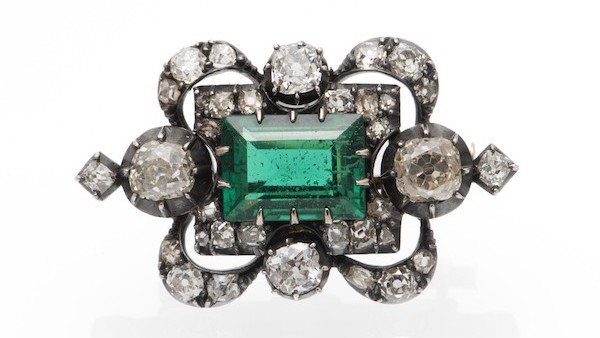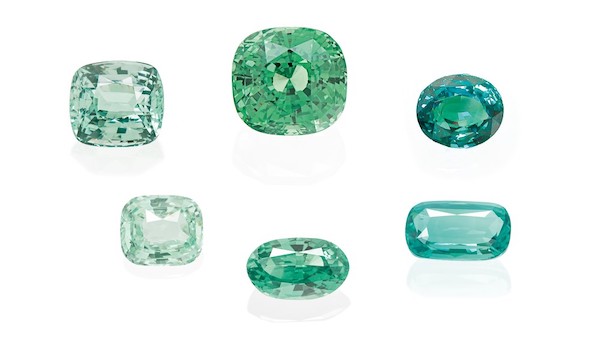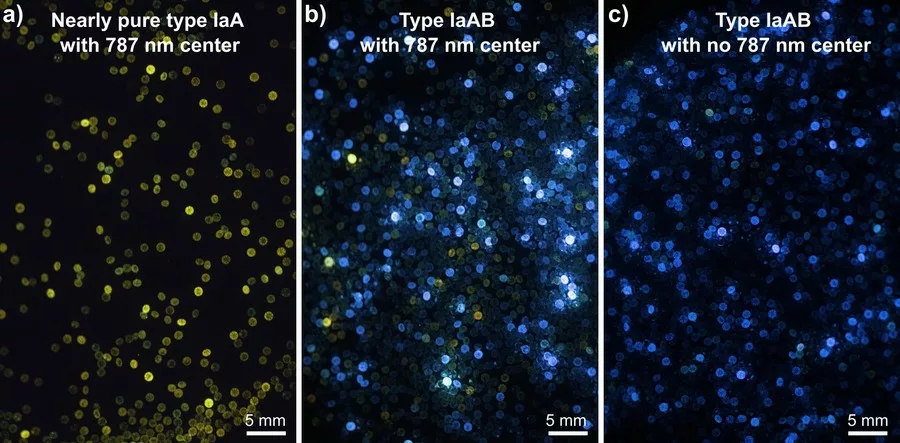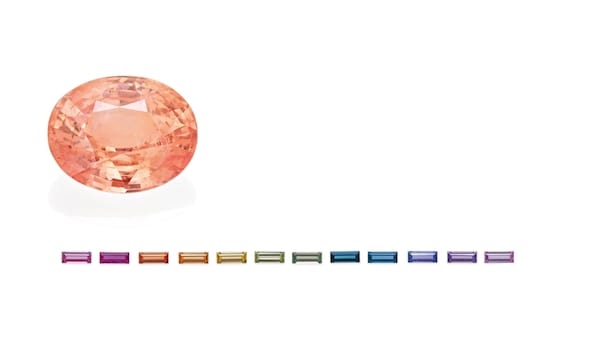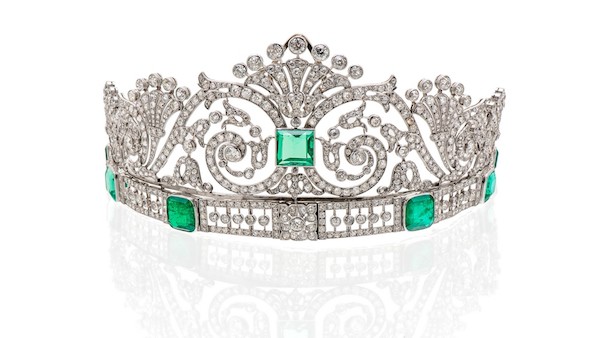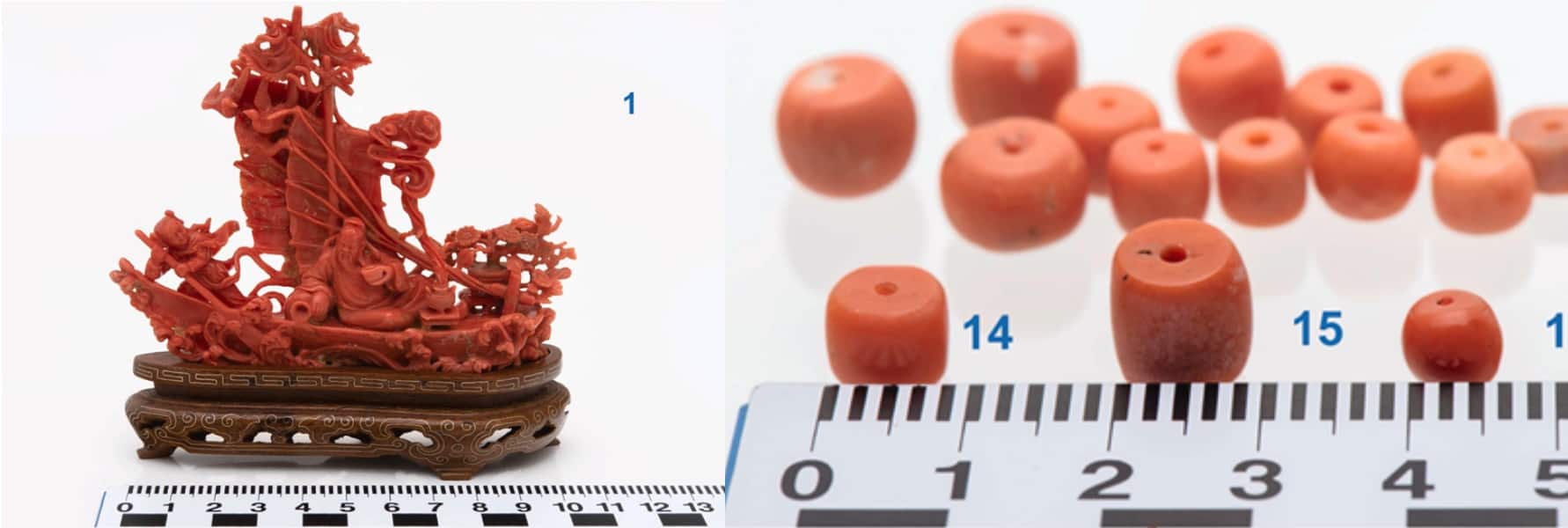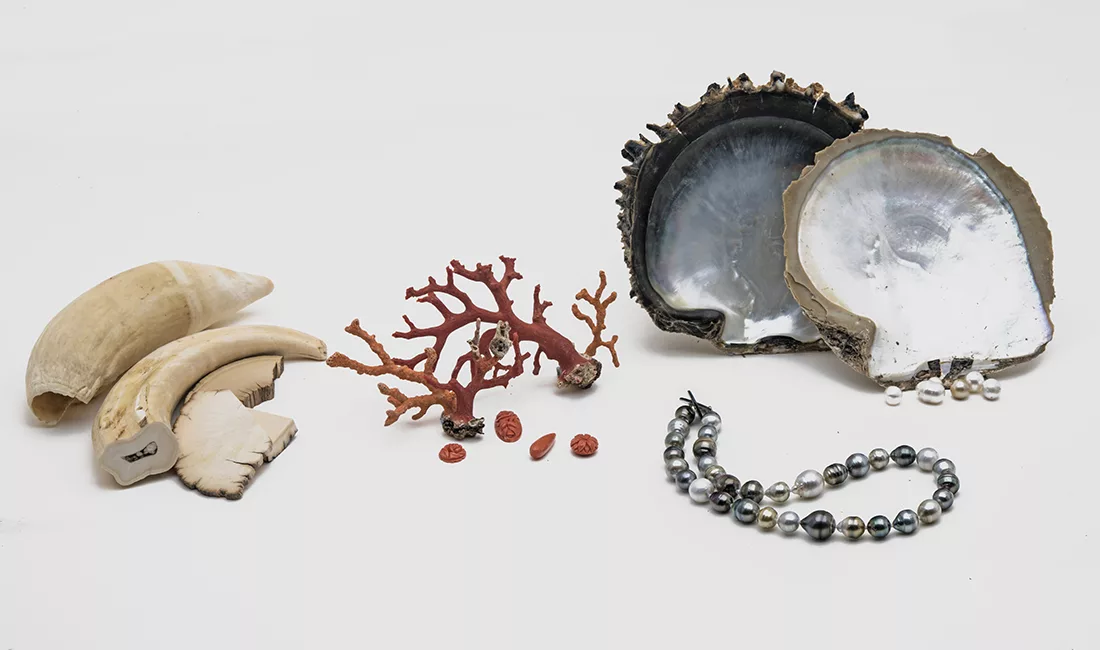SSEF News with a Focus on Antique Gems and Jewellery (2024)
Presentation by Dr. Michael S. Krzemnicki at the Swiss […]
Unravelling the secrets of antique jewellery
Testing of antique jewellery at SSEF may provide insights which go far beyond simple gem testing. They add valuable information to the jewel, starting from its design and craftsmanship in the making, the choice of colours and qualities of gemstones, or the facet arrangement and proportions of old cutting styles
Vanadium chrysoberyl
Vanadium as a colouring element is quite often underestimated, mostly as it is often associated and acting together with chromium, a chemical element with a similar geochemical behavior and paragenetic occurrence but which is historically better known in the trade and easier to detect with simple tools (spectro
A study of nickel-bearing type Ia diamonds
A study of nickel-bearing type Ia diamonds. IGC 2023 Pr […]
Led light boxes for standardized lighting of coloured stones and diamonds
In the past, coloured gemstones and diamonds were often examined in natural daylight, but reproducing such specific lighting conditions was challenging. Some impractical methods had been suggested, like grading only during specific hours or facing northward, especially during cloudy weather.
Testing of calibrated coloured stones: a complex job for gemmologists
The Swiss Gemmological Institute SSEF is regularly testing batches of tiny calibrated coloured stones for the Swiss watch industry similar to our testing service for melée diamonds. Testing such small coloured gemstones is challenging, starting with the handling of such small stones to analytical restrictions
Petrology, geothermobarometry and geochemistry of granulite facies wall rocks and hosting gneiss of gemstone deposits from the Mogok area (Myanmar)
Petrology, geothermobarometry and geochemistry of granu […]
Unearthing the past: harnessing history in the study of gemmology
Gemstones have been used in jewellery for millennia, with their history dating back to ancient civilizations. From Egypt to Mesopotamia, India to China, Europe and the Americas, gemstones have held deep cultural significance and have been treasured for their inherent beauty and mystical properties.
Coral-ID: A forensically validated genetic test to identify precious coral material and its application to objects seized from illegal traffic
Coral-ID: A forensically validated genetic test to iden […]
DNA fingerprinting as a tool in modern gemmology
DNA fingerprinting as a tool in modern gemmology. Journ […]

